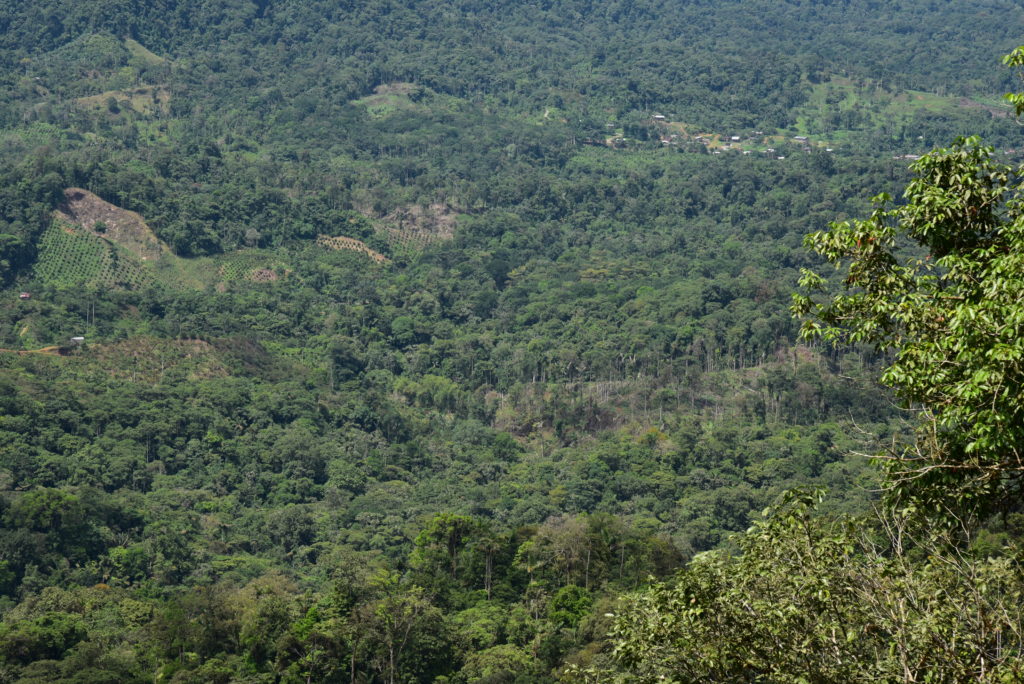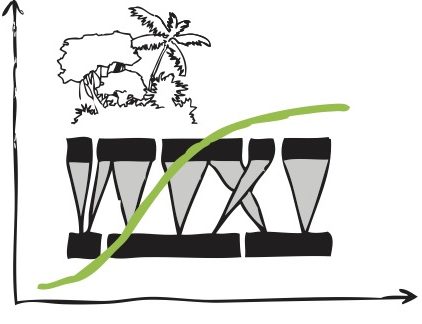Today, deforestation of tropical lowland rainforests occurs at unprecedented rates. The worldwide market for cash crops threatens this key ecosystem, its biodiversity and its important regulation of the regional and global climate. Increasing efforts are thus taken to improve secondary forests and restore forests from abandoned agricultural land. An urgent and timely task: the United Nations declared 2021-2030 the ‘UN Decade on Ecosystem Restoration’. Recovery of forest trees has a huge potential for carbon sequestration. But restoration of biodiversity in these forests is challenging and complex.
Rainforest regeneration varies: in some regions, recovery is slow and the richness of plants and animals remains incomplete even after many decades. When intact forests and seed dispersers are still present in the sorrounding landscape, however, some tropical forests recover in a few decades. This is the case in our study region. A small-scale mosaic of forest and agriculture and a high diversity of birds and mammals that function as seed dispersers for the majority of tree species contribute to a fast natural forest regeneration.
Overall, we aim to contribute to the understanding how forest ecosystems recover successfully – an important goal for nature conservation. Species interactions, their dynamics and functional contributions are key for restoring tropical ecosystems in a world dominated by deforestation, biodiversity loss and climate change. We aim to fill important knowledge gaps on the integration and contribution of distinct ecosystem processes to forest recovery. Mechanisms behind forest recovery are complex, and include the role of animals both as passengers and as drivers of recovering tree communities.


